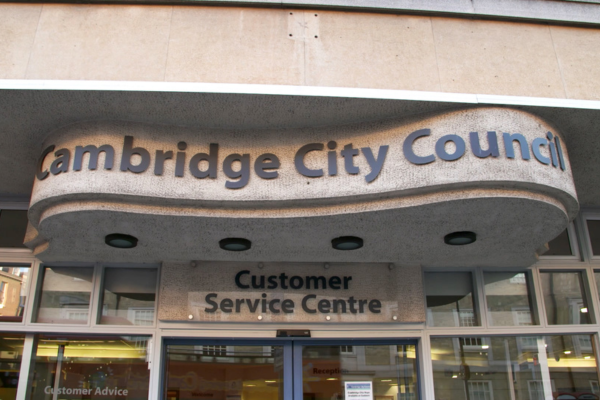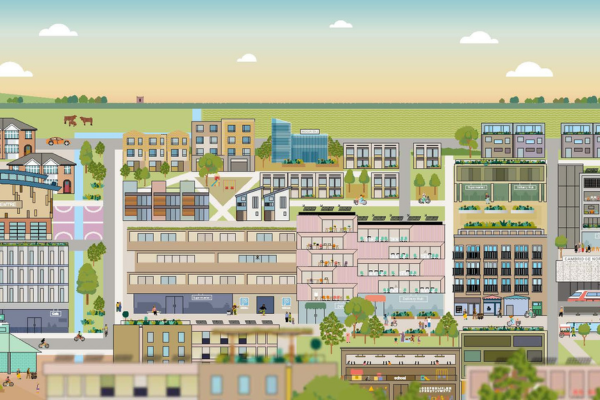Using a tool called i-Tree Eco and with the help of resident volunteers, we have quantified the benefits that the city’s trees bring to the local ecosystem.
The baseline data from the project report will help us plan and manage the city's urban forest.
The report found that the city’s trees:
- capture about 2,040 tonnes of carbon every year, valued at £524,000
- store about 88,000 tonnes of carbon, valued at £22,500
- remove about 22.2 tonnes of pollution every year, valued at £990,000
- prevent about 97,600m3 of stormwater runoff every year, valued at £153,000
Tree canopy covers about 20.1% of the city. The city’s urban forest is valued at about £1.03 billion and would cost about £172 million to replace.
Background
We worked on the project with Anglia Ruskin University, Forest Research, and Treeconomics. It was part of our Cambridge Canopy project, our pilot project for the Nature Smart Cities across the 2 Seas programme.
The original plan was for a team of arborists and trained volunteer students to survey 200 locations around the city. We had to revise this because of the coronavirus pandemic – instead, the project engaged residents to help from the safety of their own property.
We sent a field guide [PDF, 4MB] to every household that took part, to explain more about the project and what we need them to do. Treeconomics also provided a video guide.
A few other cities in the UK have undertaken similar projects, but ours was the first to use untrained volunteers to collect data. We hope our approach will help other cities to more easily undertake their own projects with i-Tree Eco.



